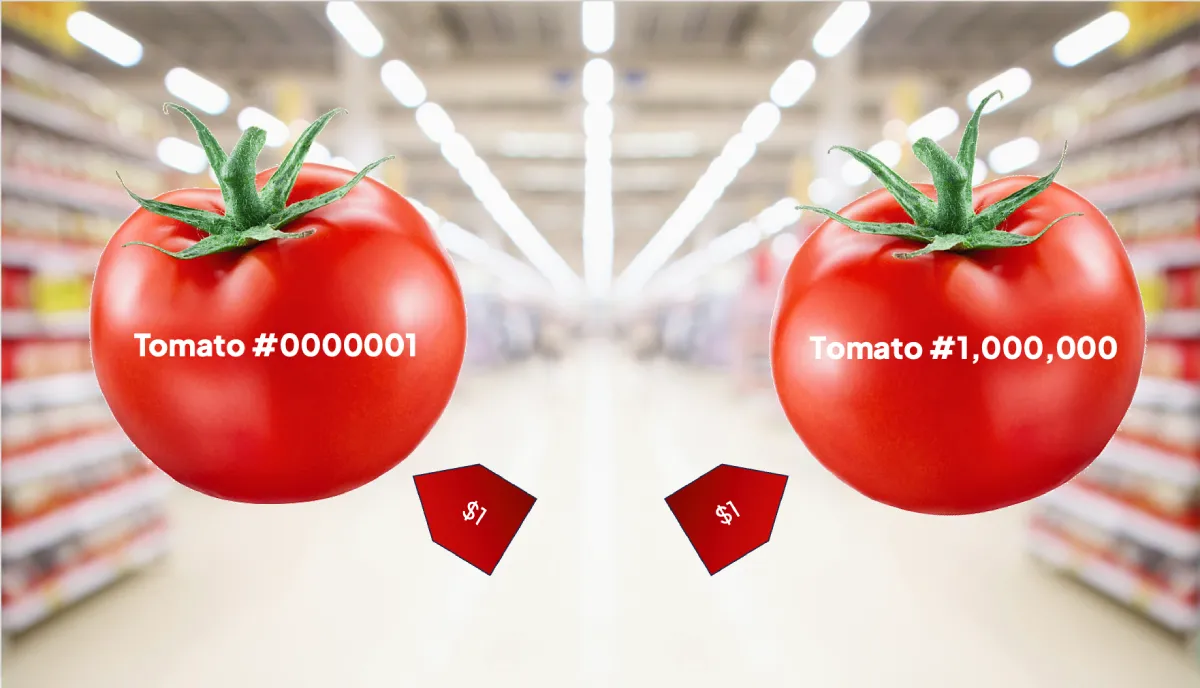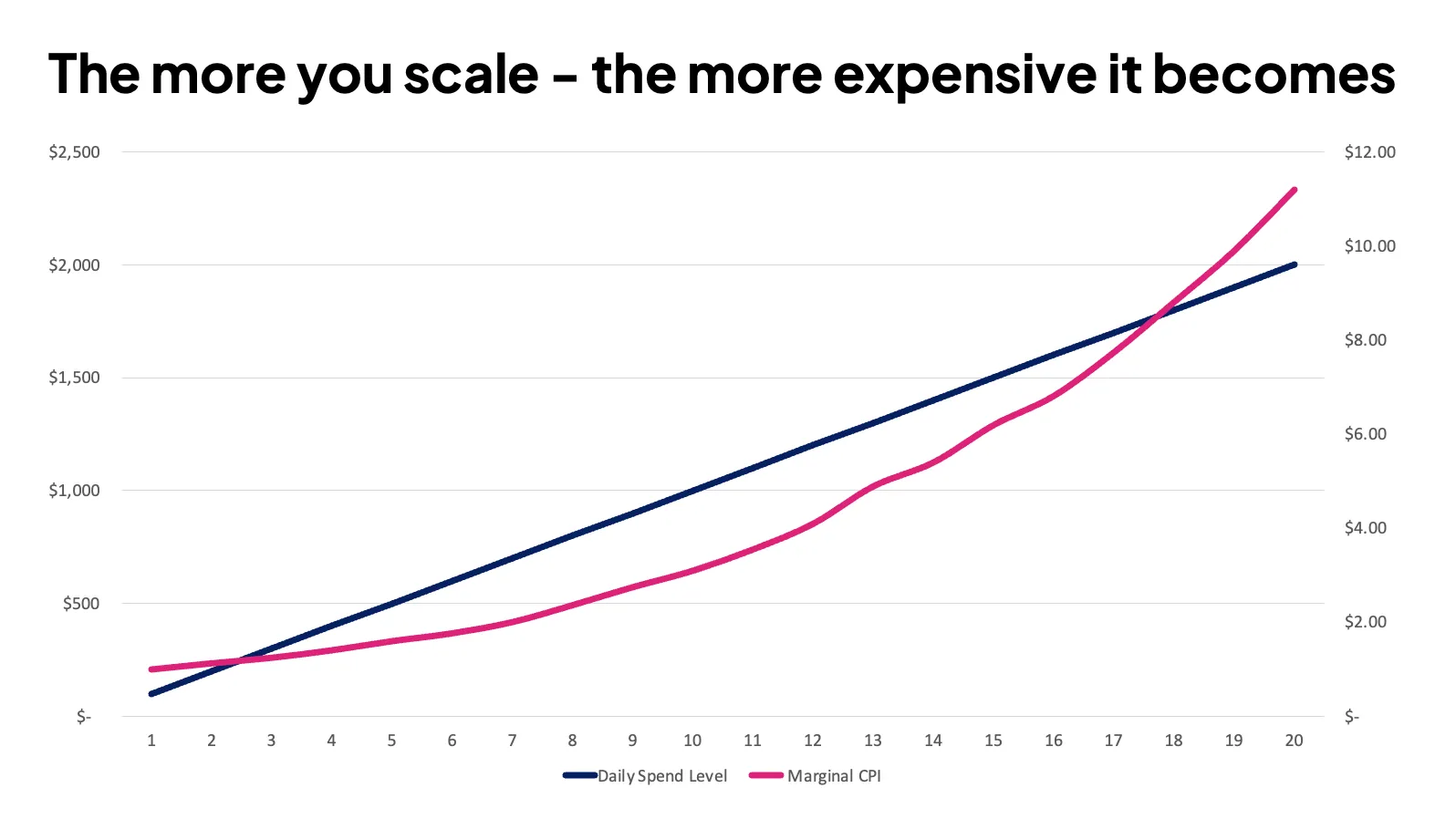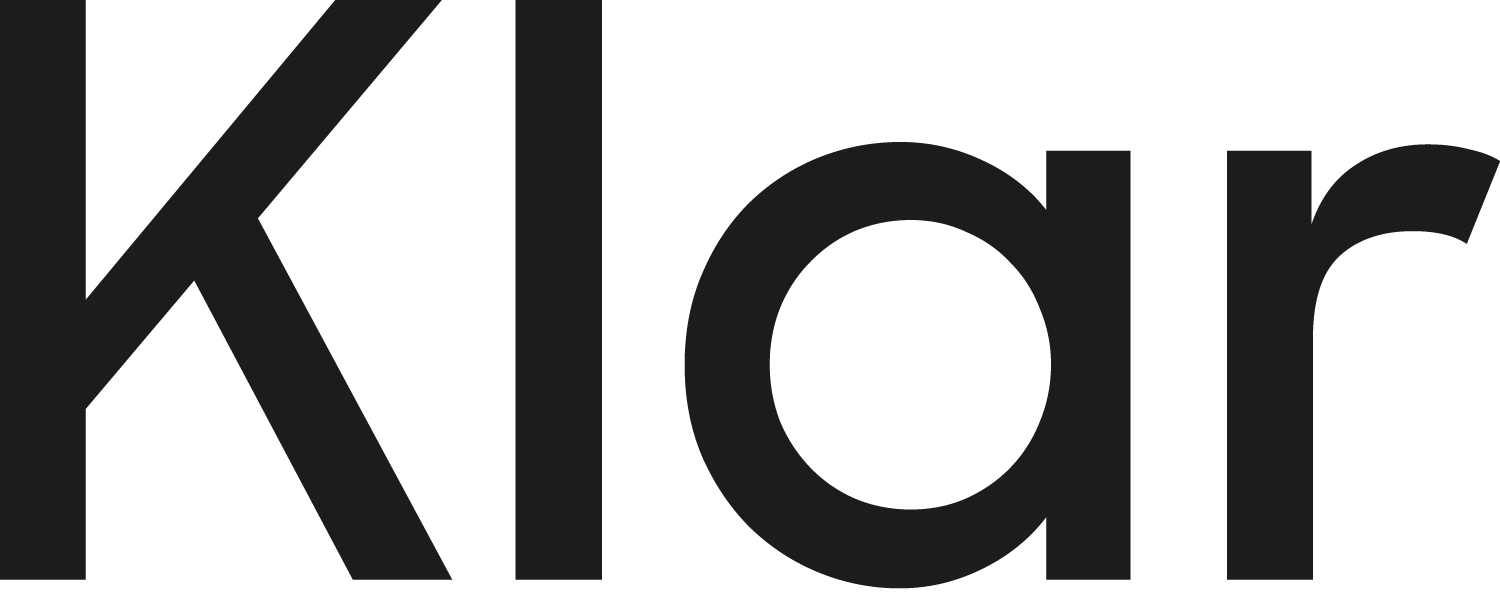Solutions
Teams
Built for your whole team.
Industries
Trusted by all verticals.
Mediums
Measure any type of ad spend
Platform
Use Cases
Many Possibilities. One Platform.
AI and Automation
The Always-on Incrementality Platform
Teams
Built for your whole team.
Industries
Trusted by all verticals.
Mediums
Measure any type of ad spend
Use Cases
Many Possibilities. One Platform.
AI and Automation
The Always-on Incrementality Platform

Imagine this: You’ve just opened a burger joint. You hire your first cook. The guy's a beast - churning out burgers like he was born wearing a spatula. By the end of the day, you’ve made $1,000 in sales. After costs, you net $500. Not bad for day one.
You like this story. So you hire a second cook. Together, they work even faster. Now you’re raking in $1,750 per day, clearing $750. The logic is clear: more input = more output. So naturally, you decide to crank it up and hire five more cooks.
And that’s when the kitchen turns into an episode of Kitchen Nightmares.
People are elbowing each other. Burgers are flying onto the floor. Half the patties are overcooked or undercooked. You’re selling $3,000 worth of burgers, but you're now paying your team $3,500 a day - just for the cooks. Add in HR, a “brand manager,” three product consultants, and a social media person who still thinks TikTok is just dancing... and suddenly, you're losing $2,500 per day.
Welcome to the painful but all-too-common lesson in diminishing returns.
Scaling feels like the holy grail. If two cooks make you $750, ten cooks should net you a small yacht, right? Wrong. Somewhere along the scaling curve, reality smacks you with a frying pan: marginal returns don't follow average logic.
Every business has a break-even point where the next dollar - or in this case, the next burger - costs more to produce than it brings in. The same principle applies to ad spend, and spoiler alert: it’s even more brutal in marketing.
That’s where incrementality measurement becomes your best defense, it tells you exactly when more spend stops driving more value.
Let’s shift gears. You're at the supermarket. You buy one tomato. It costs $1. You buy a second tomato - same price. Buy a million tomatoes? Still one buck apiece. Retail pricing is linear. Volume doesn’t change what you pay per unit.

Now compare that to digital advertising. It's not retail. It's not Costco. It's a high-stakes auction where you bid against your competitors, and yourself. The more you spend, the more it costs to win that next impression. And the higher the chance you’re paying more and getting less.
Why? Because ads aren't priced by volume - they’re priced by demand.
That’s why incremental marketing focuses not on spending more, but on spending smarter by targeting only what actually drives new results.
Let’s go full analogy one more time.
You launch a boutique brand of luxury toilet paper. It's called AdsWipe. Your aunt Mary wraps each roll in artisanal hemp paper, and your shipping boxes are handmade by an overpriced artist in Florentine. Each roll costs you $4 to make.
But you scale.
You start buying paper by the ton from Sweden. Aunt Mary retires and gets replaced by a wrapping machine named Sven. You swap the artist for a ChatGPT prompt. You negotiate bulk shipping.

Now your cost per roll drops to $0.80. That's economies of scale in action.
But in advertising, the exact opposite happens. More spend often means higher marginal costs. You don't get a bulk discount - you enter a knife fight for every impression.
Marketers love averages. Average CPA. Average ROAS. Average CPM. But averages are deceptive. They hide the truth.
Here’s an example:
• Spend $1,000, get 2,500 installs → CPI = $0.40
• Spend $2,000, get 3,000 installs → CPI = $0.67
That looks okay, right?
Until you look at the marginal CPI for the extra 500 installs: $5.56. That’s nearly 14x the original cost.
If you only look at averages, you think you’re scaling efficiently. If you look at marginal data, you realize you’re setting money on fire.
Advertising platforms don’t give you a volume discount for spending more. In fact, the more you spend, the higher your bids need to be to maintain the same reach. Why? Because you’re chasing finite inventory.
This is where many marketers fall into the trap of chasing volume over efficiency. They scale budgets without checking marginal performance - and end up with bloated CPAs and burned-out growth teams wondering why results aren’t keeping up.
Ever heard someone say, “I always put 50 bucks of gas, no matter the price per gallon”? That’s not smart budgeting - that’s magical thinking.
And marketers do the same thing when they say things like:
• “We always spend $50K on Meta each month.”
• “We allocate 30% of budget to influencers - always.”
• “We aim for an average ROAS of 1.5X.”
These are comforting rituals. But they ignore reality. Marketing isn't about sticking to a budget - it's about optimizing outcomes.
With the right marketing data analyst, you can replace rituals with results - and find the truth in real time.
Let’s get real.
Klar, a mobile fintech company, had raised $300M. They were ambitious, well-funded, and smart. But growth had hit a wall. Spend was up, but volume wasn’t moving. Less than 3x spend increase led to less than 1x growth in conversions.

They couldn’t rely on traditional incrementality testing. Turning off channels and waiting two weeks to measure impact? Not an option.
Then they onboarded with INCRMNTAL.
Using our platform, they measured marginal performance in real-time - without disrupting campaigns, without experiments, and without user-level data. Suddenly, Klar had visibility into which channels were cannibalizing organics and which were driving real incremental growth.
They didn’t guess. They knew.
• They adjusted spend allocation across social, search, TV, OOH, and programmatic.
• They cut channels that weren’t pulling their weight.
• They doubled down where marginal returns were strong.
The result? 5x growth. CPA remained in control. Confidence skyrocketed.
You don’t need to burn down your budget to find your marginal truth.
Start by making incremental changes - small, measurable steps rather than one giant leap. Platforms like INCRMNTAL allow you to analyze these shifts in real time and reveal where the true performance lies.
It’s not about cutting budgets. It’s about redirecting them. That $10K you’re wasting on a bloated channel? That’s your growth fuel - if you just aim it at the right target.
You’ve heard it a million times:
“50% of my ad spend is wasted. I just don’t know which half.”
Let’s stop accepting that. That quote wasn’t wisdom - it was a warning.
Today, there’s no excuse. Tools exist that make marginal measurement possible, always-on, and non-invasive. The answers are right there. You just have to stop trusting averages and start interrogating your edges.
• Scaling spend without marginal visibility is a blind bet.
• Your best-performing channel might be your worst-performing at the margin.
• More spend doesn’t mean better performance. In ads, it usually means worse.
• Measuring incrementality is no longer optional - it’s essential.
If you're tired of guessing and ready to grow smart - not just big - then it’s time to put your marketing to the test.
Let’s ditch the guesswork. Let’s measure what matters. Let’s finally know which half of your budget is working. Leap into the future.
We'll help you scale like Klar - minus the burger burns and tomato avalanches.

INCRMNTAL has been a game-changer for us, helping us identify incremental channels and resolve the challenges of click-based attribution. This groundbreaking innovation has revolutionized incrementality measurement, providing a ready-to-use, live solution that eliminates the need for costly and time-consuming experiments. It’s enabled us to scale some channels by up to 5x with confidence in their true contribution.